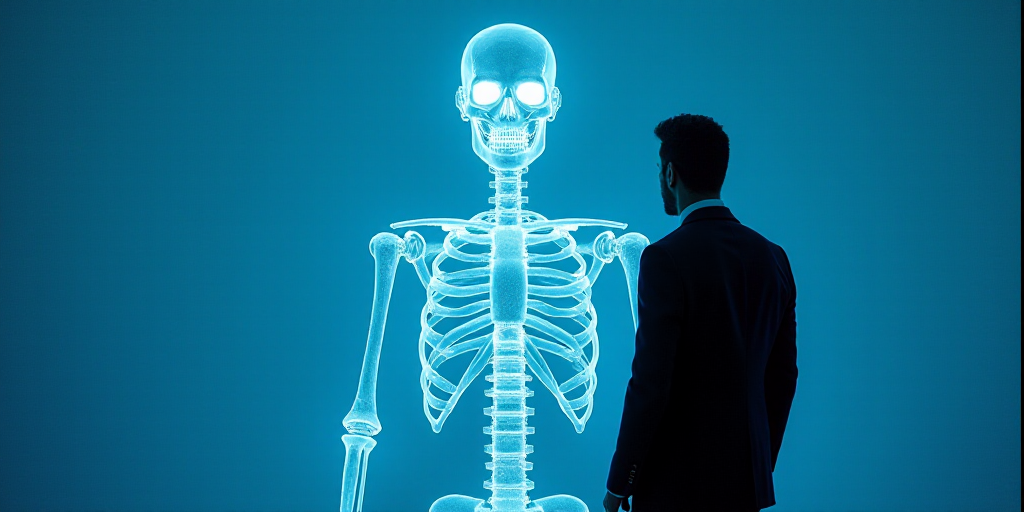A Century Ago, Shopping Was Quite Different
A century ago, shopping was a far cry from what we know today. Stores were not self-service; they were counters and knowledgeable staff who knew their customers well. Customers would arrive with a list in mind (or a small piece of paper tucked in their pocket), request necessary items, and the staff would gather products from shelves and storage. Customers rarely touched merchandise before paying.
The Advent of Self-Service
This all changed in 1916 when Clarence Saunders opened Piggly Wiggly in Memphis, Tennessee; the first store to implement a self-service format. Customers could now walk freely on the sales floor, pick products directly from shelves, and take them to the register. This simple idea transformed shopping forever by empowering consumers and allowing stores to showcase more products and promotions directly. The customer transitioned from being a mere “order taker” to an “explorer” within the store.
Efficiency Revolutions
Decades later, another revolution arrived: the integration of more efficient payment systems, including electronic cash registers, scanners, and barcodes. In 1974, a Wrigley’s gum pack became the first product scanned using a UPC code in Ohio. Beyond this anecdote, this innovation marked a significant leap in inventory control, stock replenishment, and pricing management. It also paved the way for electronic orders, optimizing supply chains.
The Rise of Frictionless Shopping
As we entered the 21st century, the industry sought to eliminate one of the biggest pain points: waiting in line to pay. Self-checkout systems and, more recently, automated checkouts without human intervention emerged, like Amazon Go stores where customers simply take what they need and leave. Cameras, sensors, and software handle the rest, automatically charging customers’ accounts.
The Digital Shift
With the advent of e-commerce and the omnichannel concept, the relationship between brands and consumers transformed. Online shopping and home delivery became as natural as turning on a TV. A couple of decades ago, many predicted this trend would completely erase physical stores. The question was logical: if I can receive it at home, why go shopping?
Physical Stores’ Resilience
- However, reality proved otherwise. E-commerce did grow, but it didn’t erase physical stores; instead, it forced them to reinvent themselves. Today, the best strategies are hybrid, integrating both physical and digital elements into a single ecosystem, offering click-and-collect, cross-channel returns, and experiences blending convenience with human interaction.
The Future Store: An Immersive Experience
Today, when we discuss “the store of the future,” we’re still talking about physical spaces. However, they are no longer defined by their square footage but rather by the experience they offer and their integration with customers’ digital lives.
- Personalized Experience: Sensors and recognition systems identify customers, their preferences, and past purchases before they even enter. The store layout is designed for intuitive and efficient navigation, eliminating unnecessary steps. Product assortment is personalized, with predictive recommendations powered by AI.
- Frictionless Payment: There are no lines, registers, or interruptions. The store proactively anticipates needs and resolves them, offering invisible payment experiences.
- Beyond Transactions: The store goes beyond selling products; it offers sensory experiences, workshops, tastings, and immersive environments that foster emotional connections. It’s a space where customers feel they’re experiencing something unique, more than just a transaction.
The Future Store: Innovation and Human Touch
Retail is at an exciting juncture: technology can already enable many of these functions, but the challenge lies in integrating them seamlessly to genuinely enhance consumers’ lives. The future store isn’t a typical lab; it’s a place where innovation feels natural, fluid, and human.
Key Questions and Answers
- Q: What will the future store look like? A: It will be a blend of physical and digital experiences, offering personalized, frictionless shopping journeys.
- Q: How will technology be integrated? A: Through sensors, AI-powered recommendations, automated payment systems, and immersive experiences.
- Q: Will human interaction still be present? A: Yes, the focus will shift to higher-value tasks like personalized attention and intelligent stock management.






